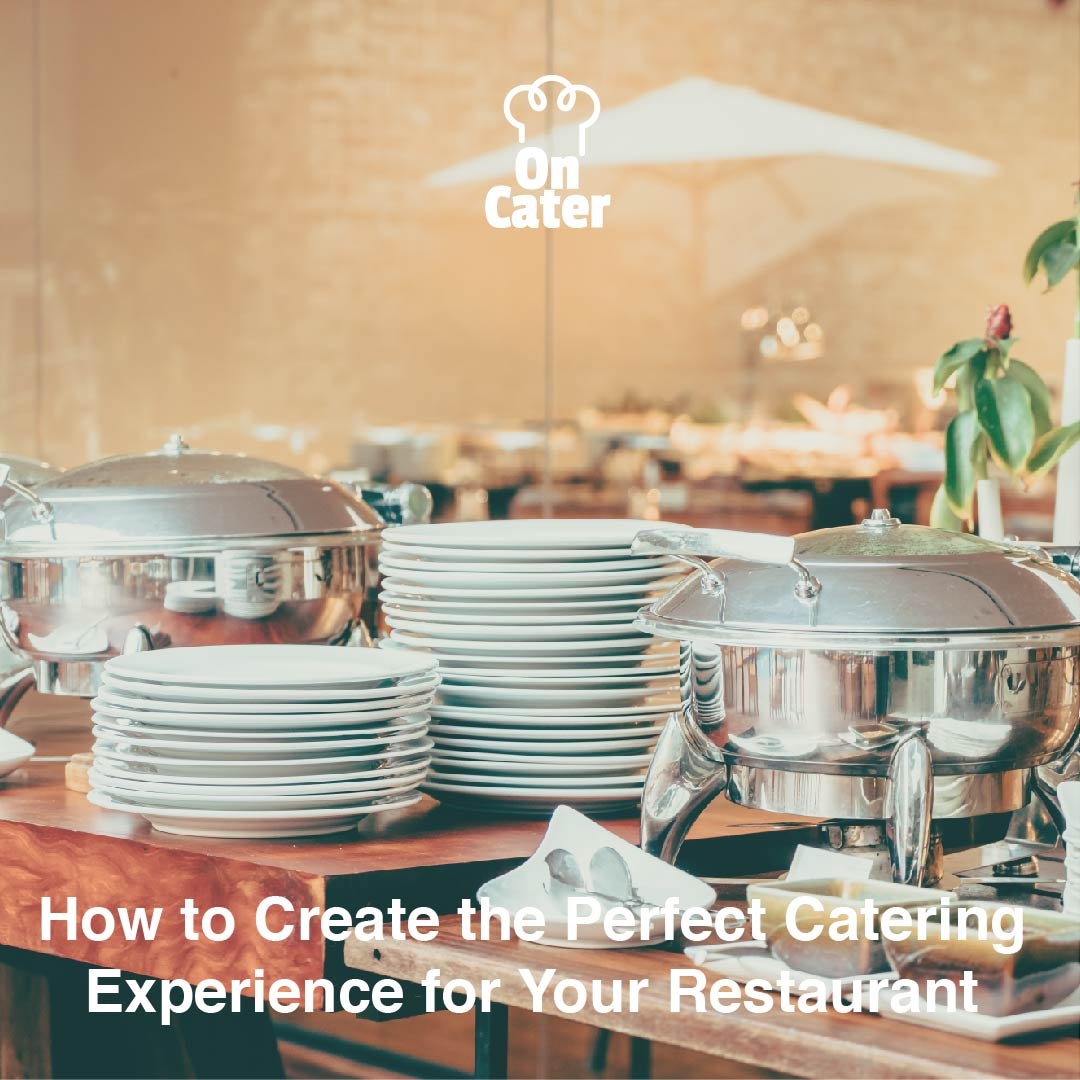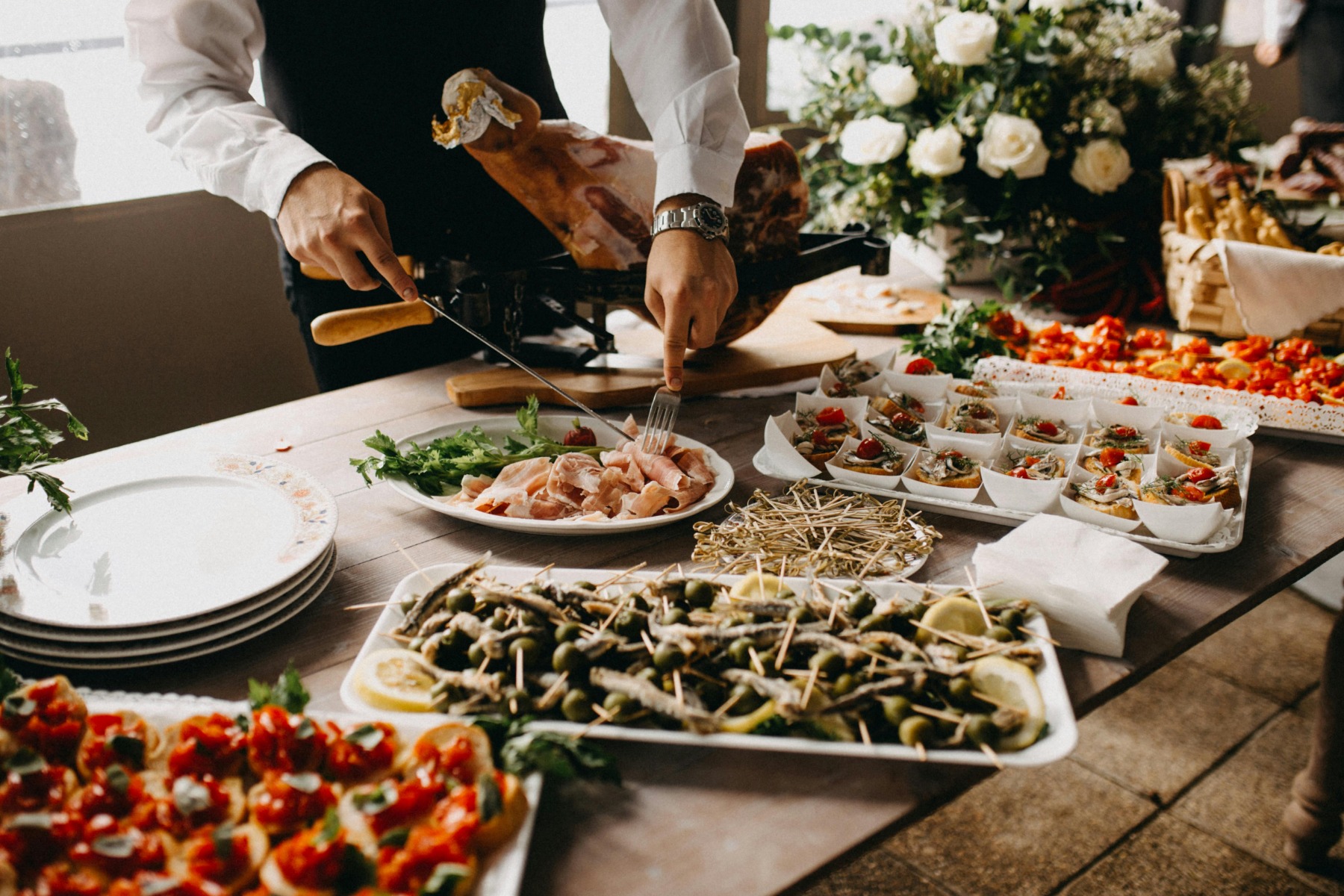Catering can be a powerful extension of your restaurant, allowing you to reach more customers and provide a personalized experience outside your regular dining space. However, creating a successful catering service requires careful planning and attention to detail. From selecting the right food options to considering packaging and delivery, every aspect plays a crucial role in ensuring customer satisfaction. Here’s how you can create the best catering experience for your customers.
How to Create the Perfect Catering Experience for Your Restaurant: A Comprehensive Guide
Catering can be a powerful extension of your restaurant, allowing you to reach more customers and provide a personalized experience outside your regular dining space. However, creating a successful catering service requires careful planning and attention to detail. From selecting the right food options to considering packaging and delivery, every aspect plays a crucial role in ensuring customer satisfaction. Here’s how you can create the best catering experience for your customers.
1. Understanding Your Customers’ Needs
The first step in crafting a successful catering service is to understand what your customers are looking for. Are they hosting corporate events, weddings, or casual gatherings? Tailoring your menu and service options to these different needs will make your offerings more attractive. Conduct surveys or gather feedback from your regular customers to gain insights into their preferences.
2. Curating a Diverse and Appealing Menu
When it comes to catering, variety is key. Offering a range of options that cater to different tastes and dietary needs will set your service apart. Include vegetarian, vegan, gluten-free, and allergen-friendly choices to ensure everyone is covered. Think about incorporating local favorites and signature dishes that reflect your restaurant’s identity.
Pro Tip: Seasonal menus not only keep your offerings fresh and exciting but also help you take advantage of locally sourced ingredients, reducing costs and enhancing flavor.
3. Packaging: Combining Functionality with Aesthetics
Packaging plays a critical role in catering, not just in preserving the quality of the food but also in representing your brand. Invest in high-quality, eco-friendly packaging that keeps the food fresh and intact during delivery. Additionally, consider packaging that is easy to transport and convenient for your customers to serve from directly.
Pro Tip: Use your packaging as a branding opportunity by incorporating your restaurant’s logo and colors. This adds a personal touch and keeps your brand top-of-mind for customers.
4. Streamlining Delivery Services
Efficient and reliable delivery is crucial to the success of your catering service. Partner with a dependable delivery service or develop an in-house team dedicated to catering orders. Ensure that your delivery personnel are trained in handling large orders with care to maintain the integrity of the food.
Pro Tip: Consider offering real-time tracking for customers so they can monitor their delivery status. This transparency builds trust and ensures a smoother experience.
5. Offering Customization and Flexibility
Flexibility is a significant selling point in catering. Offer customizable packages that allow customers to mix and match menu items according to their preferences. Provide different portion sizes, and be open to special requests such as themed menus or dietary accommodations. This level of personalization can make a big difference in customer satisfaction.
6. Marketing Your Catering Service
Once your catering service is set up, it’s time to spread the word. Use your restaurant’s existing marketing channels, including social media, email newsletters, and your website, to promote your catering options. Consider offering promotions for first-time catering customers or discounts for large orders to entice new clients.
Pro Tip: Highlight testimonials and case studies from past catering clients to showcase your expertise and build credibility.
7. Gathering Feedback and Continuous Improvement
After every catering event, gather feedback from your customers to understand what went well and where there’s room for improvement. Use this feedback to continuously refine your service, whether it’s adjusting portion sizes, enhancing packaging, or improving delivery times.
Pro Tip: Implement a follow-up system where you check in with customers post-event to ensure satisfaction and encourage repeat business.
Conclusion
Creating the best catering experience involves a balance of excellent food, thoughtful packaging, reliable delivery, and customer-centric service. By focusing on these key areas, your restaurant can extend its reach and reputation, turning catering into a thriving part of your business. Keep your customers’ needs at the forefront, and don’t be afraid to innovate and adapt based on their feedback. With the right approach, your catering service can become the go-to choice for events in your area.


